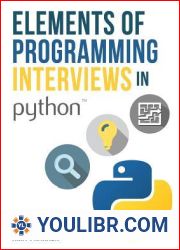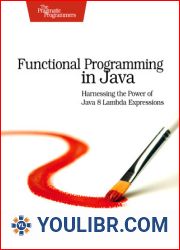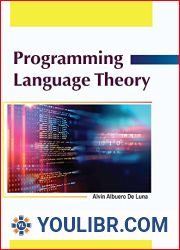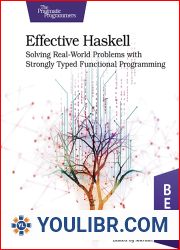
BOOKS - Randomness Revisited Using the V Programming Language

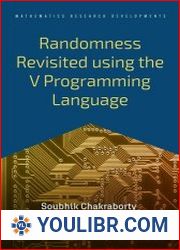
US $5.81

992505

992505
Randomness Revisited Using the V Programming Language
Author: Soubhik Chakraborty, Subhomoy Haldar
Year: 2024
Number of pages: 142
Format: PDF
File size: 15.7 MB
Language: ENG
Year: 2024
Number of pages: 142
Format: PDF
File size: 15.7 MB
Language: ENG
This book aims to educate the practitioner on pseudo-randomness in particular and discusses a few modern algorithms for random number generation. We attempt to describe what it means for a phenomenon to be random, discuss an approach to quantifying the amount of randomness and testing for statistical quality. A software testing suite is introduced to measure the performance and quality of arbitrary pseudo-random number generators, which are implemented in the V programming language. V, also known as vlang, is a new general-purpose programming language inspired by Google’s Go Programming Language that is easy to use, fast, and simple to instrument. Alex Medvednikov, the author of V, graciously responded to our inquiry about the motivation behind creating the language. It was publicly introduced in 2019, although work on it began in 2017, in private, when Medvednikov was frustrated with the low performance of C interoperability in Go. Crashes in C libraries are also hard to debug in Go. The canonical backend for V is the C backend, which transpiles V source code to human readable C code. The C code is then compiled with either the bundled TCC compiler or the system’s own compiler. V is a good option for users who are not familiar with C, but do not want to compromise on performance for ease-of-use. Bundling TCC allows users who have no prior experience with C to be able to use V immediately without having to install a C compiler first. This also makes it useful for Continuous Integration (CI) pipelines. V is at least 6 times faster than Python (often it is 1-2 orders of magnitude faster). This makes it great for prototyping and then polishing that code for production use. The reader is encouraged to test this claim themselves by implementing a suitable algorithm (without optimisations) in V and the language of their choice.







